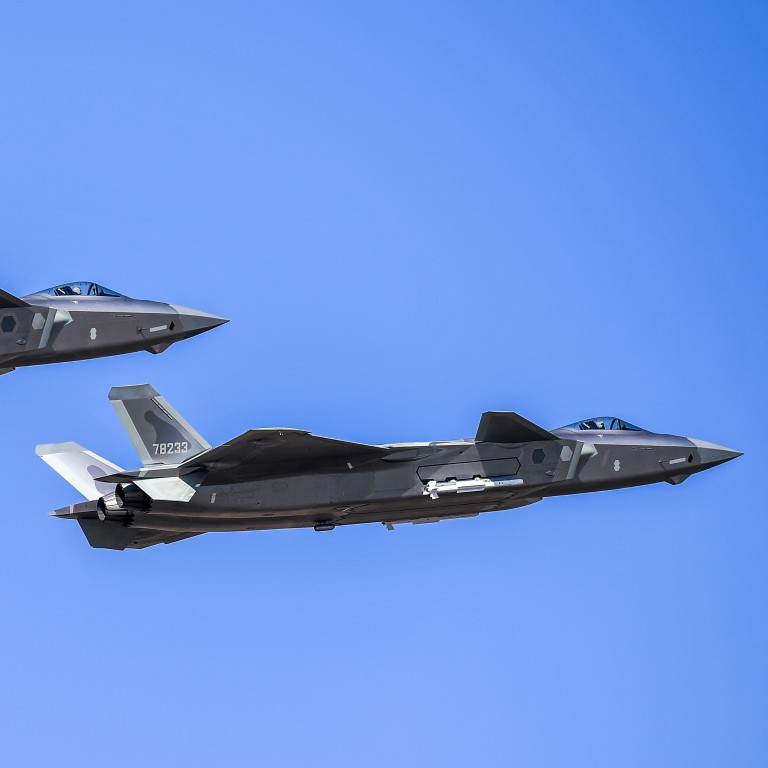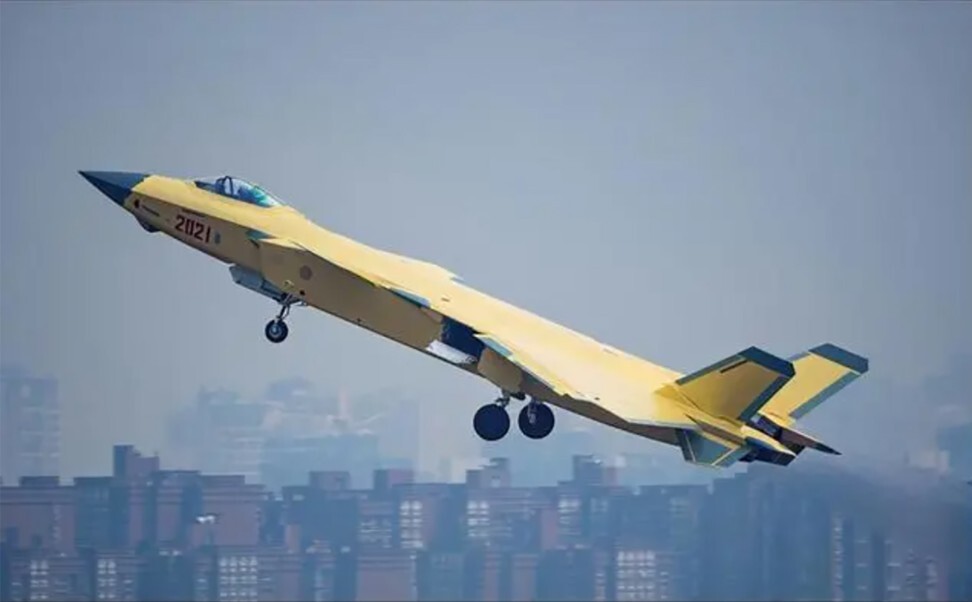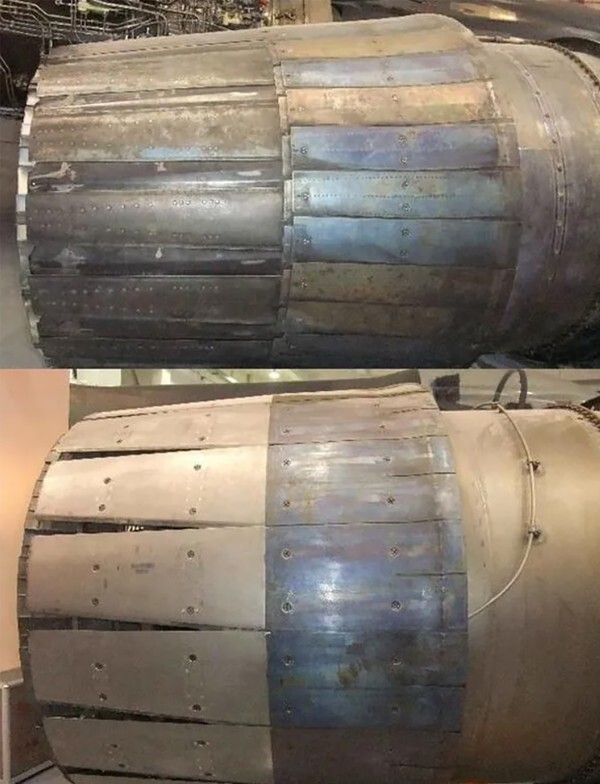
China’s next-gen J-20 stealth fighter jettisons Russian engine in favour of home-grown technology
- Chinese engineers directed to modify the WS-25 engine until it matches America’s F-22 Raptor, says insider
- The pandemic and other issues have caused delays, with warning that China risks falling behind in long-term aircraft development
“It’s impossible for China to rely on the Russian engine, because Russia asked China to purchase more Su-35 fighter jets in exchange for the AL-31F engine deals,” the insider, who requested anonymity, said.
“The key problem is – except for its longer combat range advantage – the radar, navigation system and other electronic components on the Su-35s are inferior to Chinese aircraft like the J-16 strike fighter.”
A photo taken by military enthusiasts circulating online late last year showed a J-20 fighter prototype with twin engines but with a new serial number “2021” and not powered by a Russian engine.
Xi Jinping orders China’s military to be ready for war ‘at any second’
The online photo indicated China had produced a new batch of J-20 second-generation prototypes for flight tests, according to a report published on the War Industry Black Technology WeChat account by Shenzhen-based Quantum Defence Cloud, a military background company.
The military insider confirmed that the new J-20 prototype was powered by two WS-10C engines, but said the modified engine had remained a stopgap choice for the J-20.

“The use of WS-10C to replace Russian engines was caused by the failure of WS-15 to pass its final evaluation in 2019,” the insider said.
“The air force is not happy with the final results, demanding that engine technicians modify it until it meets all standards, for example matching the F119 engine used by the Americans’ F-22 Raptor.”
China air force plays up J-20 stealth strength as Taiwan tensions brew

But these mass-produced J-20 will still be fitted with Russian engines because testing the WS-10C will take at least a year, according to the insider.
Early in its deployment to the Chinese air force from 2017, the J-20 used the WS-10B, a variant of the WS-10, as a stopgap engine. The WS-10B is a modified version of the WS-10 Taihang engine, which was designed for the country’s fourth-generation J-10 and J-11 fighters.
Chinese engineers have been developing high-thrust turbofan WS-15 engines for the J-20 since 2006, but that work has fallen behind. Problems include an engine explosion during a ground running test in 2015.
Amid increasing security challenges posed by the United States since President Donald Trump came to office in 2017, Beijing decided to rush the country’s first stealth J-20 fighter jet into service ahead of schedule in 2017, because the Pentagon started deploying its fifth generation F-35s all-weather stealth multirole fighter to the Asia Pacific that year.
Macau-based military observer Antony Wong Tong said postponing the final launch of the WS-15 might affect China’s long-term aircraft development.
“The J-20 needs to shorten its transitional period and apply the WS-15 as quickly as possible because the US is expected to deliver their sixth generation aircraft in about a decade,” Wong said.

